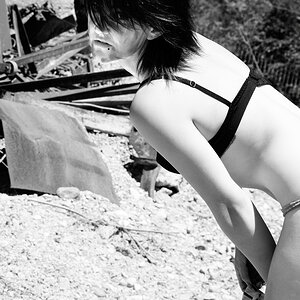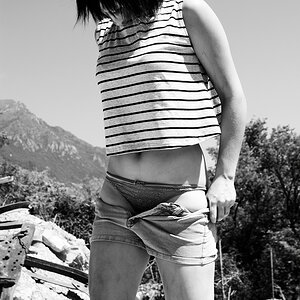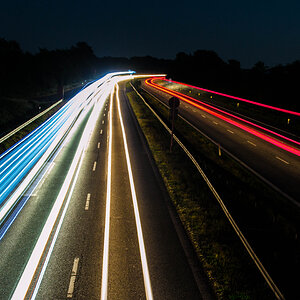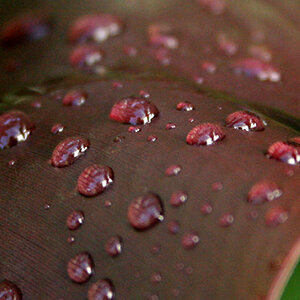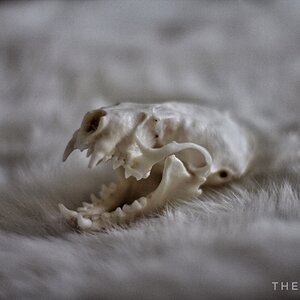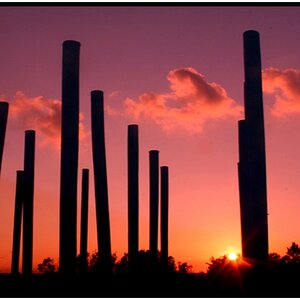jon_k
TPF Noob!
- Joined
- Jun 4, 2007
- Messages
- 213
- Reaction score
- 0
- Can others edit my Photos
- Photos OK to edit
A while back I was playing with the camera and tried the pixel mapping option wondering what effect it would do when I was new to my camera. A while later I read an article about hot pixels and how to test for them, what they are, etc. This is when I became self conscious about hot pixels. I've since run pixel mapping a few times, but it doesn't seem to help. The big problem is obviously on high ISO, but today I found a problem in a low iso situation!
Below is a crop at 100% size of a picture I took today. The only processing was a crop.
# Exposure = 40.00000 second
# F/stop = F22.00
# ISO = 100
Is this a problem? Or would your camera act the same way in this condition? Did my running pixel mapping totally screw my cameras calibration? Is there something special about properly doing a pixel mapping? The camera is only 2 months old, is it abnormal to have so many hot pixels at the settings above?

Full size image available here.http://uberleet.org/~jon/noise-lg.jpg
After resizing and post processing the damage can't be noticed.

Below is a crop at 100% size of a picture I took today. The only processing was a crop.
# Exposure = 40.00000 second
# F/stop = F22.00
# ISO = 100
Is this a problem? Or would your camera act the same way in this condition? Did my running pixel mapping totally screw my cameras calibration? Is there something special about properly doing a pixel mapping? The camera is only 2 months old, is it abnormal to have so many hot pixels at the settings above?
Full size image available here.http://uberleet.org/~jon/noise-lg.jpg
After resizing and post processing the damage can't be noticed.






